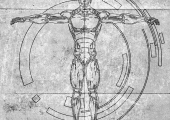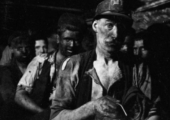May 22, 2015
Disparity in level of support from employers for first time mums
 The level of support by employers towards new mums differs dramatically depending on seniority. According to AXA PPP healthcare, in a poll of new mums, over half of those who had been working in entry level positions (59 per cent) said that their employer hadn’t provided any support beyond what was legally required in the run up to their maternity leave. But, for new mums who had been working in senior positions, that figure dropped to one in five (21 per cent). While 23 per cent of entry level employees were offered ‘keeping in touch days’ during their maternity leave, this number doubled for management level staff (46 per cent) and senior executives (54 per cent). Only 19 per cent of entry level workers were given advice about going on maternity leave compared with nearly a third (30 per cent) of management level employees.
The level of support by employers towards new mums differs dramatically depending on seniority. According to AXA PPP healthcare, in a poll of new mums, over half of those who had been working in entry level positions (59 per cent) said that their employer hadn’t provided any support beyond what was legally required in the run up to their maternity leave. But, for new mums who had been working in senior positions, that figure dropped to one in five (21 per cent). While 23 per cent of entry level employees were offered ‘keeping in touch days’ during their maternity leave, this number doubled for management level staff (46 per cent) and senior executives (54 per cent). Only 19 per cent of entry level workers were given advice about going on maternity leave compared with nearly a third (30 per cent) of management level employees.



























January 28, 2015
How well designed office hives can foster swarm intelligence
by Lee Parsons • Comment, Facilities management, Workplace design
(more…)